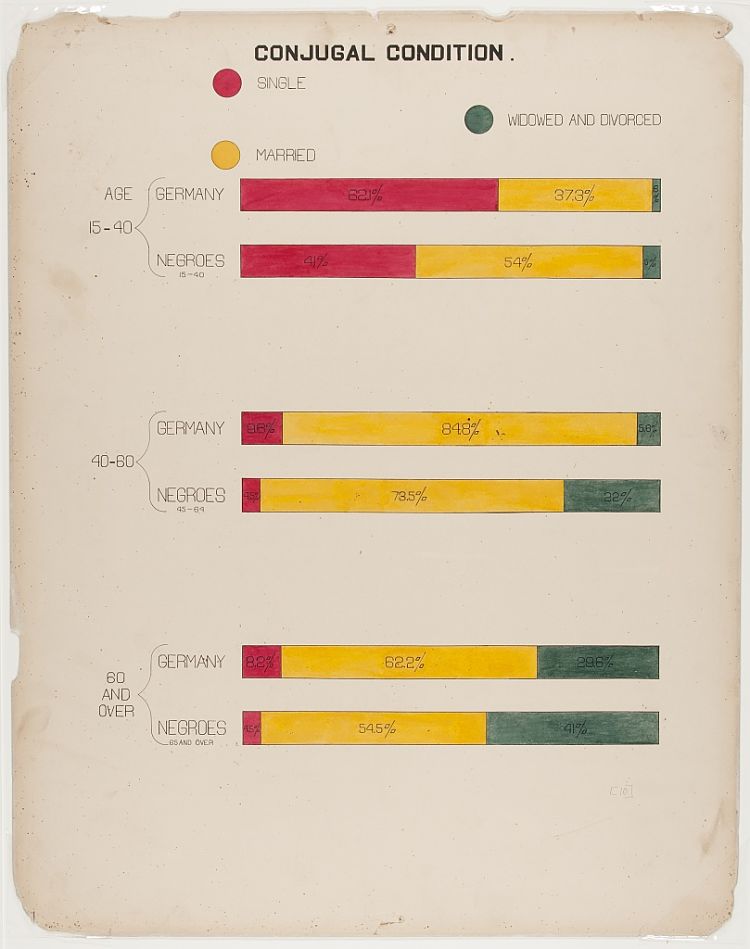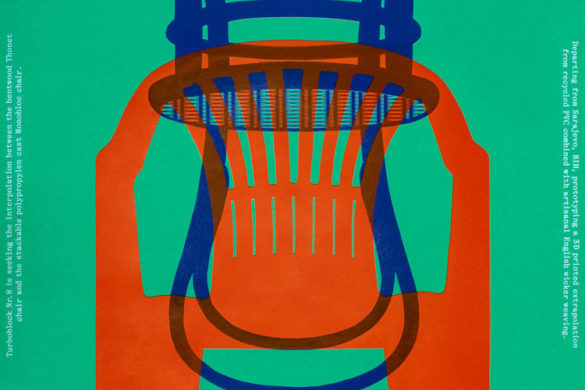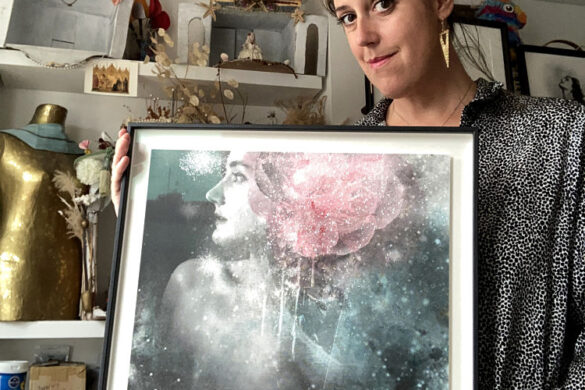Over the last few years, the work of civil rights activist, sociologist and early data visualisation pioneer W.E.B Du Bois is finally getting the recognition it deserves. During his lifetime, Du Bois was at the forefront of early 20th century Black protest movements, publishing his essay collection The Souls of Black Folk, in 1903 and co-founding the National Association for the Advancement of Coloured People in 1909.
The design world has been increasingly celebrating his smart, clear and rather beautiful data visualisations, and a new exhibition looks to shed further light on his series created for the “Exhibit of American Negroes” at the 1900 Paris Exhibition.
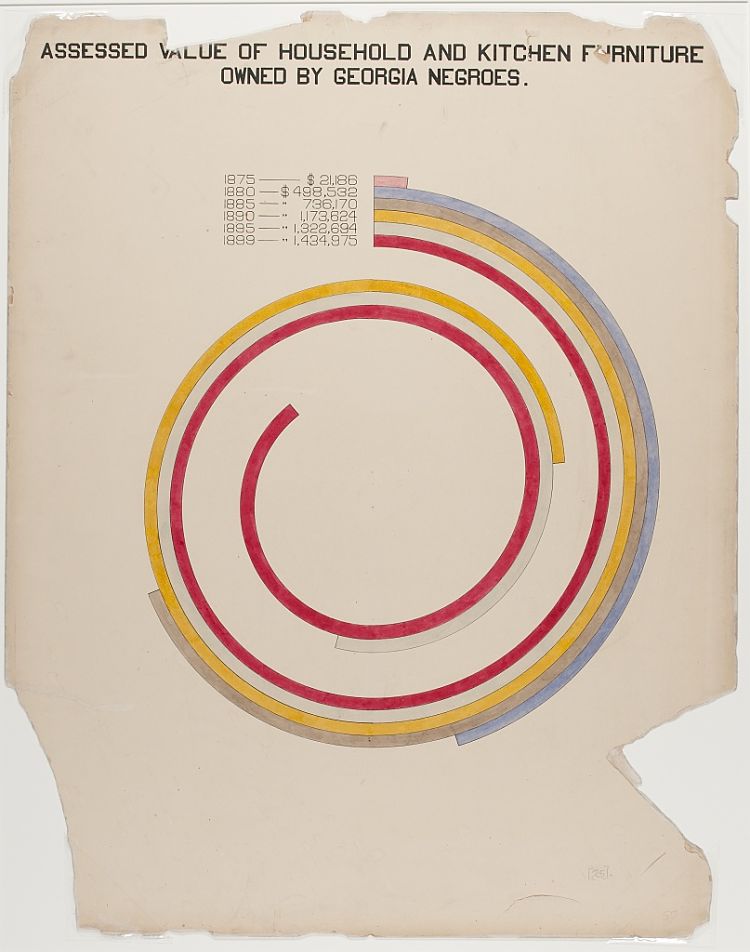
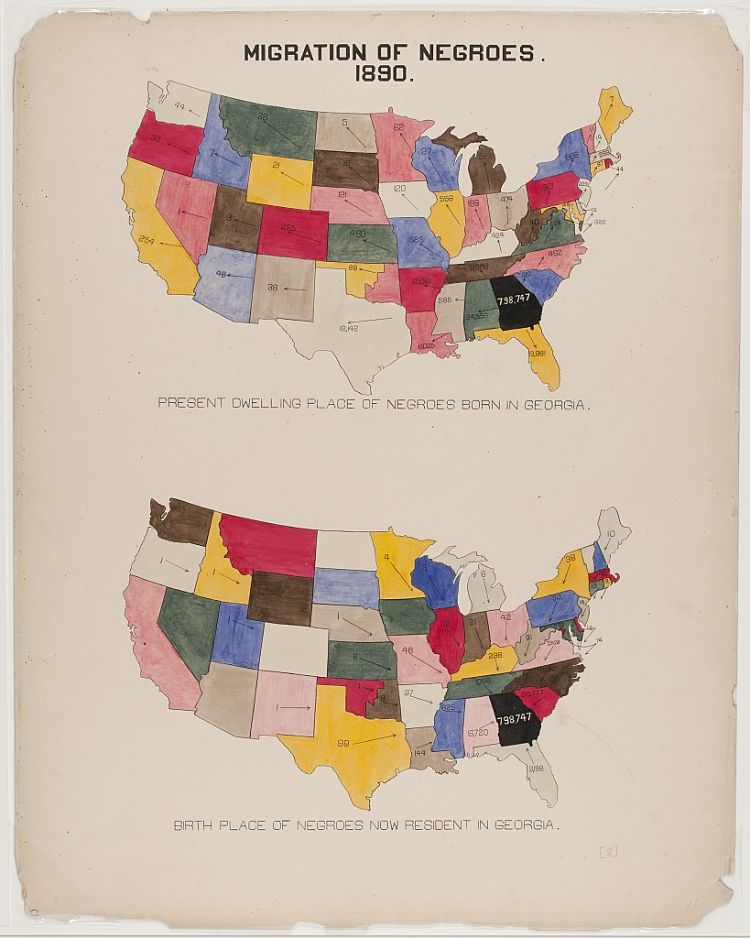 The pieces use graphs and charts to detail the socioeconomic conditions facing Black Americans in Georgia, presenting income, marital status, property ownership, and more, “and plainly and inventively illustrate the conditions of racism over the decades following emancipation to both European and American audiences,” as Artspace New Haven, which is hosting the show, puts it. “The colorful portraits Du Bois created render this information in a uniquely modernist style, a simplified and stylised approach to data visualisation.
The pieces use graphs and charts to detail the socioeconomic conditions facing Black Americans in Georgia, presenting income, marital status, property ownership, and more, “and plainly and inventively illustrate the conditions of racism over the decades following emancipation to both European and American audiences,” as Artspace New Haven, which is hosting the show, puts it. “The colorful portraits Du Bois created render this information in a uniquely modernist style, a simplified and stylised approach to data visualisation.
“Du Bois turned numbers into solid colour fields, bending bar graphs and spooling figures into spirals as he did so. In these deliberate representational decisions, Du Bois merged his sociological practice with strikingly artistic gestures.”
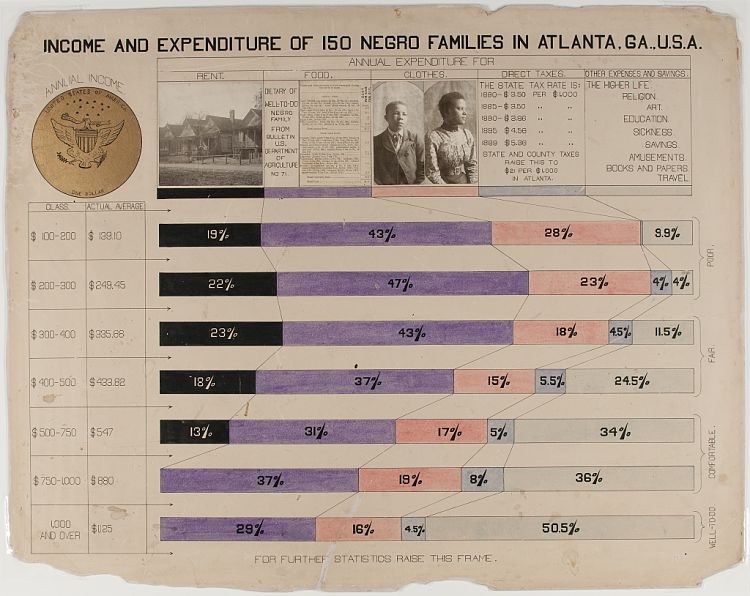
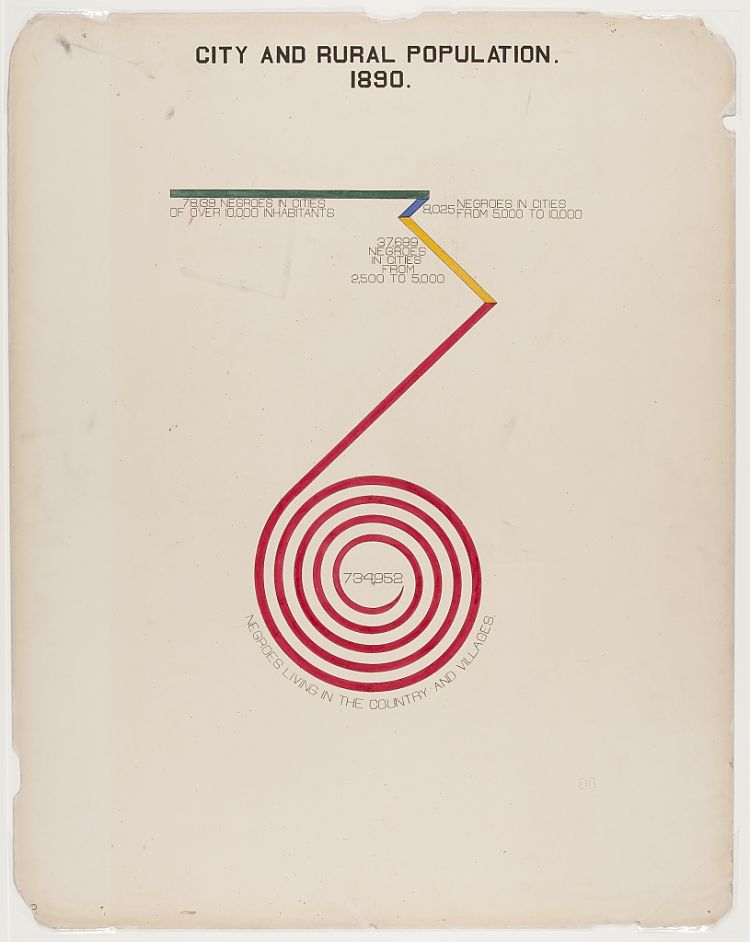 Du Bois’ works, 30 of which are arranged in a show titled W.E.B. Du Bois, Georgia, and His Data Portraits, form one of three legs of a multipronged exhibition trio that also uses the work of Theaster Gates and Dana Karwas to add further colour and narrative to personal and emotional stories that revisit those Black Americans that Du Bois charted more than a century ago. Together, the shows look to underscore and explore the questions around representation that still grip Georgia today.
Du Bois’ works, 30 of which are arranged in a show titled W.E.B. Du Bois, Georgia, and His Data Portraits, form one of three legs of a multipronged exhibition trio that also uses the work of Theaster Gates and Dana Karwas to add further colour and narrative to personal and emotional stories that revisit those Black Americans that Du Bois charted more than a century ago. Together, the shows look to underscore and explore the questions around representation that still grip Georgia today.

 For Theaster Gates’ show, the artist was both inspired by, and aimed to create a dialogue with, Du Bois’ visualisations. He’s presenting two neon sculptures, which act as modern data data totems: stats were gathered together and transformed into abstract colour fields and geometric patterning motifs. Like Du Bois, Gates has crunched numbers into a new form that’s both beautiful and poetic, taking data and using artistic wit and creativity to underscore the emotion, people and all-too-real stories behind the figures. It’s a brave and noble gesture indeed to weave that sort of poetry, considering the recently re-erupted controversies around race and representation in Georgia.
For Theaster Gates’ show, the artist was both inspired by, and aimed to create a dialogue with, Du Bois’ visualisations. He’s presenting two neon sculptures, which act as modern data data totems: stats were gathered together and transformed into abstract colour fields and geometric patterning motifs. Like Du Bois, Gates has crunched numbers into a new form that’s both beautiful and poetic, taking data and using artistic wit and creativity to underscore the emotion, people and all-too-real stories behind the figures. It’s a brave and noble gesture indeed to weave that sort of poetry, considering the recently re-erupted controversies around race and representation in Georgia.
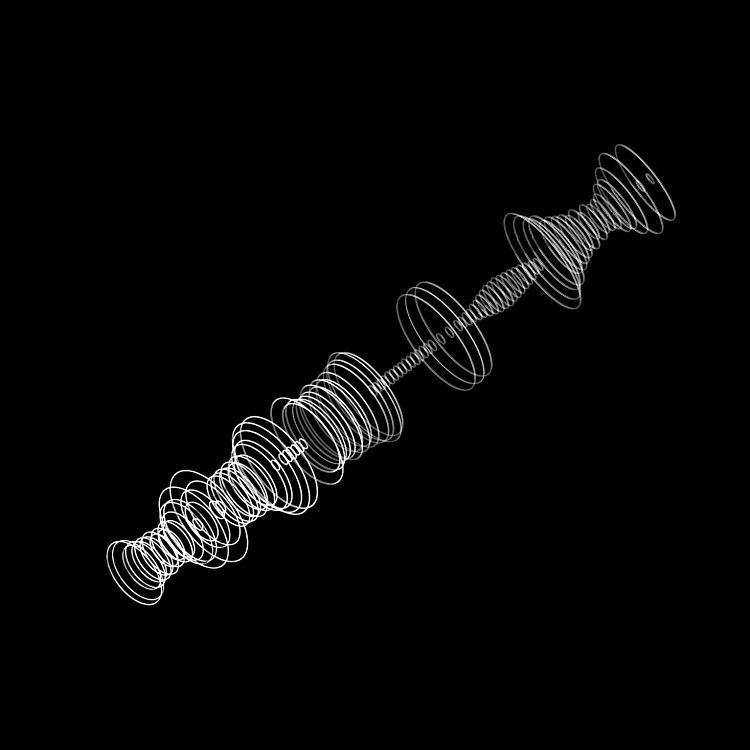 Artist Dana Karwas’ show, In A Heartbeat, was inspired by Du Bois’ short speculative fiction story The Princess Steel, which was only uncovered as recently as 2015 and which has been hailed as a powerful way to consider Afrofuturism’s “pre-histories”. The narrative centres on a character who takes 200 years of data about the “everyday facts of life” and attempts to forge a historical arc from it. It’s a fitting starting point for Karwas, whose artmaking frequently focuses on the idea of “human reference frames” and the boundaries of perception that make what might otherwise be invisible, visible. Karwas has created three sculptures that question the power of tiny data fragments to yield significant consequences, or conversely, the fact that they might not mean too much at all.
Artist Dana Karwas’ show, In A Heartbeat, was inspired by Du Bois’ short speculative fiction story The Princess Steel, which was only uncovered as recently as 2015 and which has been hailed as a powerful way to consider Afrofuturism’s “pre-histories”. The narrative centres on a character who takes 200 years of data about the “everyday facts of life” and attempts to forge a historical arc from it. It’s a fitting starting point for Karwas, whose artmaking frequently focuses on the idea of “human reference frames” and the boundaries of perception that make what might otherwise be invisible, visible. Karwas has created three sculptures that question the power of tiny data fragments to yield significant consequences, or conversely, the fact that they might not mean too much at all.
W.E.B. Du Bois, Georgia, and His Data Portraits, on view March 26 – June 26, 2021; Theaster Gates, on view March 27 – June 26, 2021; Dana Karwas’ In a Heartbeat, on view March 26 – May 22, 2021.
- Autobahn - November 26, 2021
- Alphabetical - November 12, 2021
- SOFA Universe - November 8, 2021

